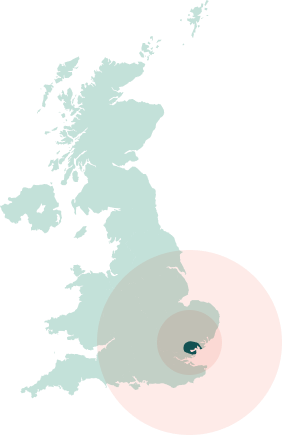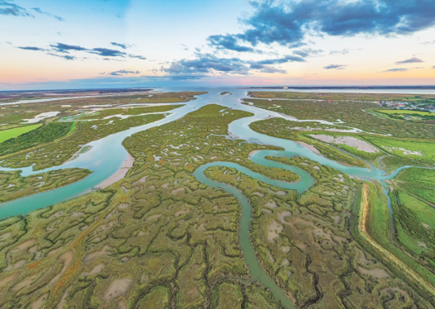Current
Shoreline modification by embankment, plus tidal barrier
Shoreline management plans (flooding/erosion/SLR), Climate Focus Area (NetZero, Biodiversity restoration)
The Essex Estuaries complex is a highly sedimented estuary complex in the southern North Sea, located on the East coast of England. It covers an area of approximately 282 km2. It is made up of four estuaries; the Blackwater, Colne, Crouch, and Roach, as well as open stretches of coast along the Dengie Peninsular. The main habitats are large areas of salt marsh and extensive intertidal mud and sand flats. European oysters and seagrass exist in patches in the estuaries.
The catchment of the estuary complex is predominantly arable agriculture, with centres of habitation in Chelmsford, Colchester, and smaller towns. The majority of the extra-urban catchment is agricultural land (Grade 2 & 3) on permeable deep loam soils, over London Clay, and some chalk in the upper reaches. Annual mean precipitation in the catchment is one of the lowest in the UK. Societal uses around the estuary include a rich social history of aquaculture (oysters), inshore fishing (commercial and recreational), water sports, sailing, and recreational and tourist industry use. There is a 40-year history of restoration programmes for salt marsh, native oysters, and seagrass (N. noltii), and future challenges are sea level rise and coastal flooding, water quality, and human population growth.


Shoreline modification by embankment, plus tidal barrier
Shoreline management plans (flooding/erosion/SLR), Climate Focus Area (NetZero, Biodiversity restoration)
Current and future salt marsh MR plans (10-100), wider coastal zone management, Landscape Recovery programmes, within and after REWRITE (2023 – 202X)
Synergy with other project (UK Marine Natural Capital Ecosystem Assessment, Project Seagrass – LIFE, ENORI - oysters)